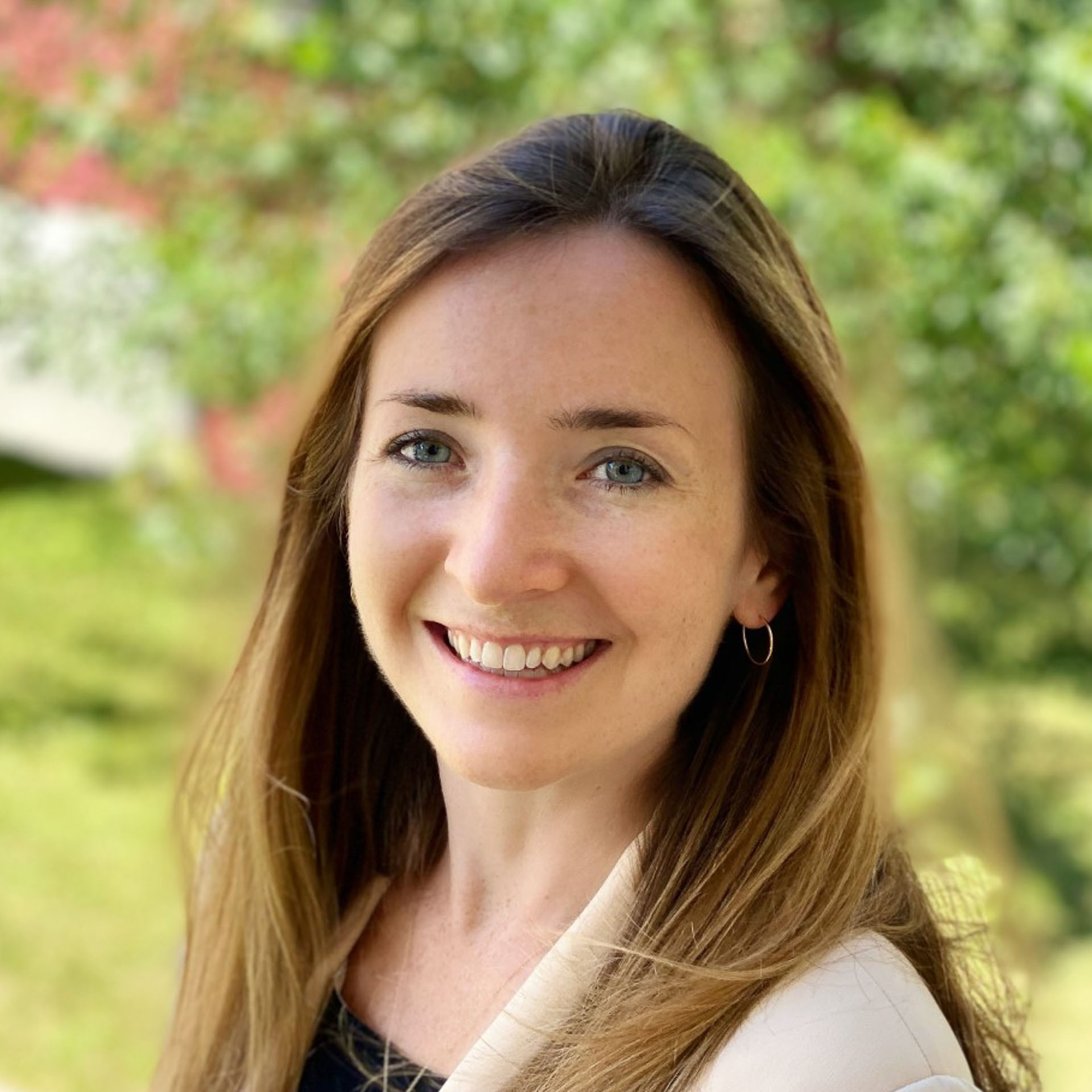
- This event has passed.
Emily A. Parker: “Geography of the U.S. Health Care Safety Net and Racial/Ethnic Disparities in Mortality”
March 17 @ 12:00 pm - 1:00 pm

Title: Geography of the U.S. Health Care Safety Net and Racial/Ethnic Disparities in Mortality
Bio: Dr. Emily A. Parker is an Assistant Professor at the Bloustein School. Before this role, she was a National Institute on Aging (NIA) Postdoctoral Fellow at the Population Studies Center at the University of Michigan. She earned her Ph.D. in Policy Analysis and Management from Cornell University.
Dr. Parker’s research focuses on how public policy and community context influence the relationship between health and poverty. Her scholarship explores critical issues within the health care safety net, particularly the Community Health Center program and Medicaid, as well as federal place-based policies aimed at addressing areas of concentrated disadvantage. She also examines the demographic intersections of family, gender, race/ethnicity, and public policy.
Abstract: Health disparities vary widely across communities in the U.S., in large part due to the fragmented distribution of social safety net programs. This talk will explore the impact of one such policy—the Community Health Center (CHC) program—on racial/ethnic disparities in mortality. Emerging from the 1965 War on Poverty, the CHC program is a key means through which the federal government has attempted to remedy inequities in health by funding clinics in low-income, medically underserved communities. Is this longstanding safety net policy associated with racial/ethnic differences in mortality across places? Through linking administrative data on CHC funding with county-level mortality and demographic data from CDC Wonder, the Census, and other sources from 1990 through 2017, I find that the CHC program is associated with sizable reductions in Hispanic age-adjusted mortality rates but no other groups. This result is robust across a range of model specifications and driven in large part by CHC infrastructure in the regional South as well as in counties with higher levels of foreign-born and uninsured Hispanics. I argue that the legal, structural exclusion of many Hispanics from the U.S. health care system and public programs like Medicaid likely explains the influence of CHCs on reduced Hispanic mortality. The talk will conclude by discussing implications for scholarship on how public policy shapes population health disparities.
Join in person at IBS 155 or via Zoom, email ibs-contact@colorado.edu for the password.
*Light lunch served at 11:45 a.m.
